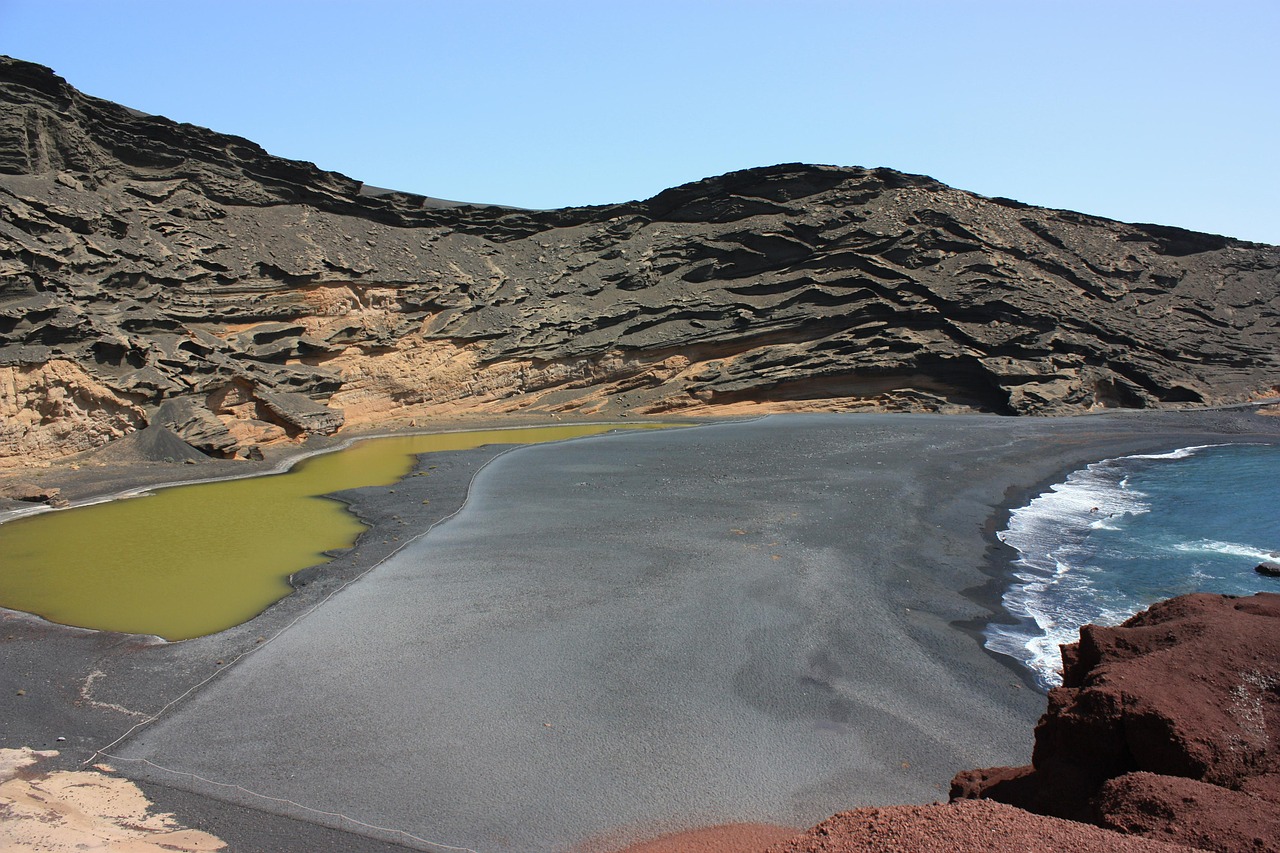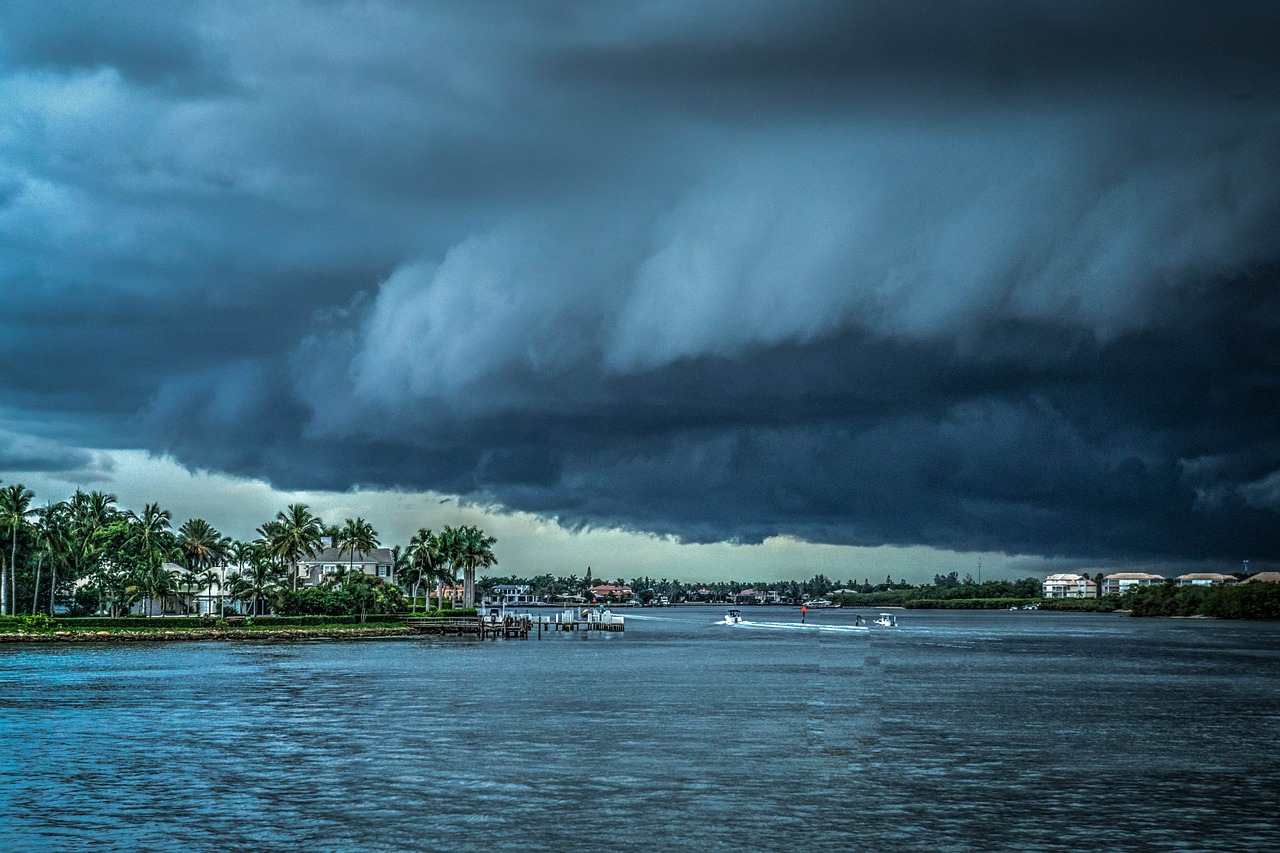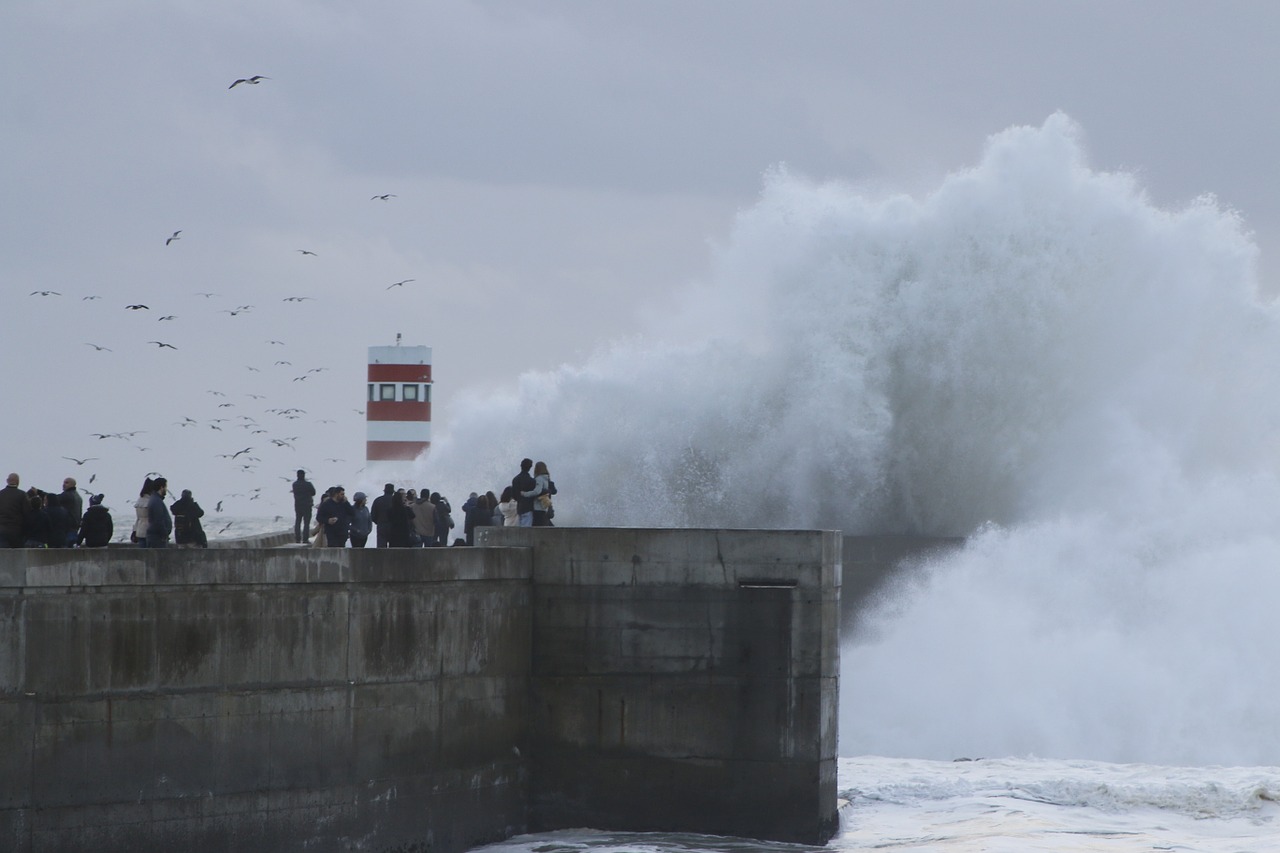One of the Most Dangerous Sea Crossings Ever
When Franz Romer was not able to fly across the Atlantic during the 1920s, he made the decision to cross it in a Kayak, despite not knowing how to swim.
Franz Romer did not like to talk very much. In 1928 the 29 year old German completed a 58 day solo crossing through the Atlantic. He made the journey in a kayak that looked similar to a sailing canoe. He started in Lisbon, Portugal and ended his journey he landed in the United States. The Virgin Islands weren’t eventful for him, yet as word went around about his accomplishment, people gathered to celebrate him. You would think he would want some fame and fortune, yet Romer was quite and reclusive.
Even if he had grown up loving the sea, the crossing was a brutal journey and it wasn’t even his idea to start with. Although being a licensed navigator and merchant seaman, Romer had also been an aviator. During the 1920s he created a bold goal: he wanted to fly solo across the Atlantic Ocean, from Germany to New York.
It’s not exactly clear why he didn’t make the flight. It might have been that he was not able to round up sponsors, or if Charles Lindbergh’s flight in 1927 beat him. Yet, Klepper Kayaks, a kayak producer, made an alternate proposal to Romer: they wanted him to try and be the first person ever to kayak solo from Europe to America.
Romer chose to accept the challenge, but on the condition that he could design his own Kayak that he would sail in. He came up with a 21’6” wooden framed kayak with an eight foot mast for the sail. It had been around 39 inches wide and measured 18 inches deep. This was not a big boat to start with, it would draft particularly low in the water. It had on six inches between the waterline and the deck. The body was made of canvas and rubber.
The supplies he needed to bring took up almost all of the hatch space. Romer prepared for three months and packed 75 gallons of water, 600 cans of food, and dozens of lemons for vitamins.
If he needed to stretch his legs from his seated position, he would have to either stand up or eat more cans to create more space. During the first part of his trip, from Lisbon to the Canary Islands (which was over 1,000 miles), his leg muscles weakened and he formed painful boils on his behind and legs.

The discomfort he experienced early on was nothing compared to what was coming. He figured out that he needed to stand on the next part of his journey, yet his standing opportunities did not last long. Whenever he hit rough water, he would have to sit down.
Anytime he was able to sleep he had to do it sitting up, It would have been foolish to try to get more than a few minutes of sleep. He stayed awake for five days straight, with constant soaking spray from the cold sea water and his legs were so stiff to the point of being immobile. His arms and hands swelled up massively as well making it incredibly uncomfortable to paddle. When he finally arrived in the U.S Virgin Islands, after sailing 3,000 miles, he was covered with sunburns, blisters and he was caked with salt.
Even though people have been doing it for centuries, it’s a different kind of beast when you have no rest or backup. He only had a barometer, binoculars, compass, and sextant to cover around 35 miles per day. The stars would help him through the night, and he had a guideline as a backup if he did fall asleep.
Being a man of few words, not much is known about the events he went through while crossing the Atlantic. He endured an intense storm early in his trip, and there is a possibility it was a hurricane. By the time he arrived the Canary Islands, he was sick and took longer to recuperate than he planned.
Romer quickly became a celebrity in St. Thomas. There was a parade in his honor and also a day that was dedicated to his achievement. The locals didn’t want him to leave, but his journey wasn’t completed until he arrived in New York.
After having six weeks of rest, September came around and hurricane season was at its peak when Romer chose the day he was going to leave, the harbormaster considered it would be unsafe and would not sign the clearance papers for him to leave the harbour, so Romer chose to leave during the night with his kayak and made the 100 mile crossing to Puerto Rico.

The reception he received in Puerto Rico was just as exciting. By this point in time, news of his achievement had spread around most of the island and locals were ecstatic to catch a look at Romer and his boat.
Regardless of the imperfect weather, Rome had confidence that he would reach New York. According to an article by the Woodville Republican published on September 20th 1928, he knew that his trip was going to be successful, and there was nothing else he could go through that was worse than the first part of his journey.
Unfortunately, he was wrong. An hour after he had left the Puerto Rican harbor, there was a hurricane warning issued for a dangerous Category 5 storm. The Okeechobee hurricane winds were as strong as 160 mph. Even today it’s still the second most deadly hurricane recorded in American history. Romer and his boat were never found; which isn’t surprising as there would be no chance of surviving a storm like that in Kayak made of wood and canvas.

Romer had kept a detailed log book of his journey, which a few people are aware of. If anyone had been given permission to read it, they’re not saying anything. It’s wondered if Romer was a man of few words for the reason that his best stories were being saved to be published in a memoir. Maybe he was still trying to process the terror he indirectly mentioned in his limited interviews.
Most people credit Romer as the first person to kayak by themselves such a long distance. Despite this, his crossing is often discounted because of this sail and the amount of time he used the wind. One thing everyone can seem to agree on is how amazing his dangerous journey was, especially for the time.
Outdoor Revival – Reconnecting us to the great Outdoors





